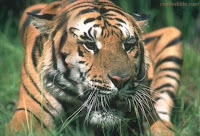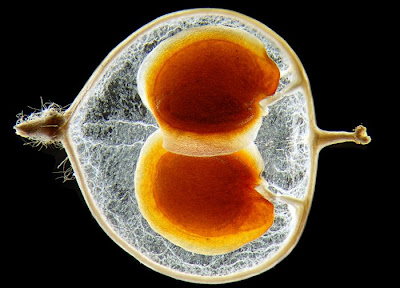Ait Benhaddou, High Atlas, Morocco
Blue Nile Falls, Ethiopia
Blue Wildebeests at Sunrise, Masai Mara, Kenya
Clifton Bay and Beach, Cape Town, South Africa
Colorful Mosses, Cedarberg Wilderness Area, Northern Cape, South Africa
Comb Ducks on Lake, Savute Chobe National Park, Botswana
Crossing the Sand Dunes of Sossusvlei Park, Namibia, Africa
Kasbah Ruins, Ait Benhaddou, Morocco
Kgalagadi Transfrontier Park, South Africa
Masai Mara Game Reserve, Kenya
Mkambati Nature Reserve, Pondoland Coast, South Africa
Namib-Naukluft Park, Namib Desert, Namibia, Africa
Sand Dunes and Acacia Tree, Namib Desert, Namibia
Scattered Acacia Trees, Kenya, Africa
Shakawe, Botswana
Single Acacia Tree at Sunrise, Masai Mara, Kenya
Snow on Atlas Mountain, Morocco
Springboks, Kgalagadi Transfrontier Park, Kalahari, South Africa
Storm Over the Savannah, Masai Mara National Reserve, Kenya
Tok Tokkie, NamibRand Reserve, Namib Desert, Namibia
















































